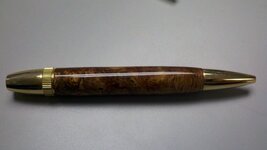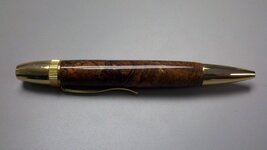Haynie
Member
I am dealing with my first spalted wood. I had no idea how soft this stuff was. Tear outs and break ups are normal. I am about to go back to acrylic and PR. Sooooooo much easier to turn.
Is there a way to make this not so crappy to work with?
Is there a way to make this not so crappy to work with?


